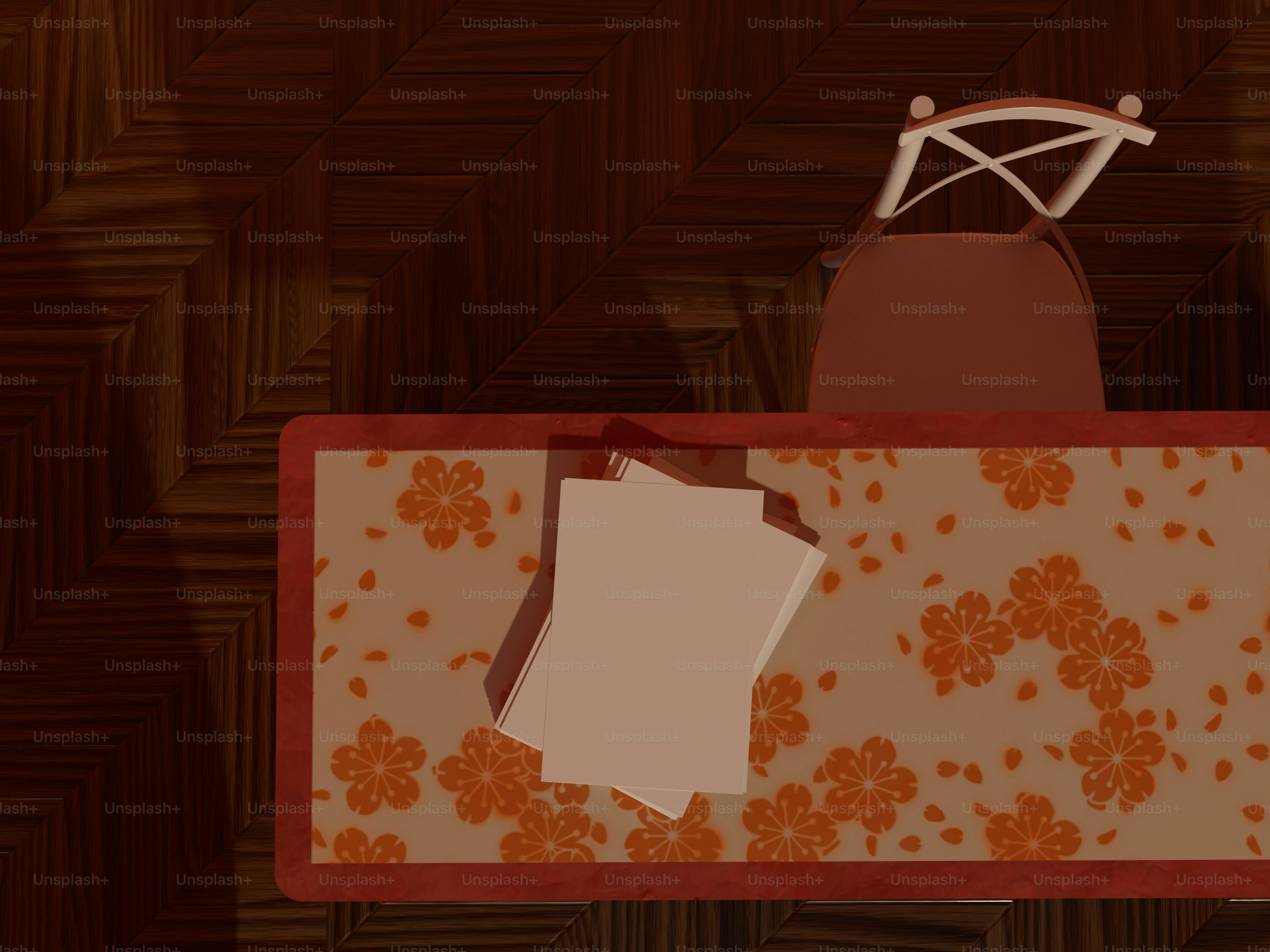
Training Muay Thai alone demands discipline, focus, and a structured approach. Without a trainer or sparring partner, efficiency becomes crucial. By understanding key principles, solo practitioners can build strength, technique, and endurance effectively.
Principle 1: Build a Structured Routine
Consistency forms the foundation of any training regimen. Create a schedule that balances shadowboxing, conditioning, and skill drills. Each session should begin with a proper warm-up, including dynamic stretches and light cardio.
Dedicate time to specific skills, such as striking combinations and footwork. Practicing within a disciplined structure ensures steady improvement. Many athletes at the best gym Koh Phangan credit structured routines for significant progress in their solo practice.
Principle 2: Perfect Your Shadowboxing
Shadowboxing is a solo fighter’s best tool. Focus on techniques like jabs, kicks, and defensive maneuvers. Use a mirror to check your form and correct posture. Visualize an opponent to make the practice dynamic and mentally engaging. Shadowboxing improves coordination, reflexes, and overall technique. Consistent practice also enhances muscle memory, which proves crucial during actual sparring or fights.
Principle 3: Invest in Essential Training Equipment
Good equipment transforms solo training. A heavy bag offers resistance for striking power and endurance drills. Hand wraps and gloves protect hands while training. Skipping ropes improve footwork and cardio, essential elements of Muay Thai.
If resources permit, a standing dummy helps replicate sparring situations. A strong commitment to proper gear keeps sessions safe and productive. Camps like Koh Phangan Thai Boxing emphasize the importance of reliable equipment for effective results.
Principle 4: Strength and Conditioning
Muay Thai demands strength, speed, and agility. Solo training should include exercises like squats, push-ups, and core workouts to build these attributes. Focus on functional movements that replicate fight scenarios.
Interval training, such as sprints or high-intensity circuits, boosts stamina. By integrating conditioning exercises, practitioners ensure a well-rounded approach to their development.
Principle 5: Focus on Mental Discipline
Training alone tests mental resilience. Set clear goals and track progress to stay motivated. Practicing mindfulness improves focus during sessions and builds a strong connection between body and mind. Overcoming plateaus requires persistence and a positive mindset. Solo practitioners who embrace mental challenges develop a sharper edge in their overall training.
Conclusion
Solo Muay Thai training offers flexibility and independence. Following these principles ensures steady progress while maintaining discipline. Embracing challenges and building a structured approach transforms solo practice into an efficient learning experience. Please feel free to share your thoughts or queries, if any, below in the comment section. This will make the post more interactive. Also, keep following the section for more updates.



















